Information & Technology
Medical
child behavior and screens, child development, digital habits for kids, Dr Arooj Qayyum, healthy screen use, impact of technology on kids, parenting tips, screen time and children, screen time and health, screen time effects, screen time management
Dr Arooj Qayyum
1 Comments
Screen Time and Its Impact on Child Development
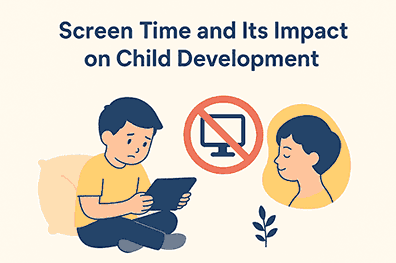
Introduction
Screens surround us in today’s world. From televisions and tablets to smartphones and laptops, children are exposed to digital devices at younger ages than ever before. While technology offers valuable educational tools, excessive screen time can affect a child’s physical, mental, and social development. Parents and caregivers often struggle to balance the benefits of technology with the risks it brings.
In this article, we will explore how screen time influences child development, what risks arise with overuse, and how families can create healthy digital habits.
Cognitive Development and Learning
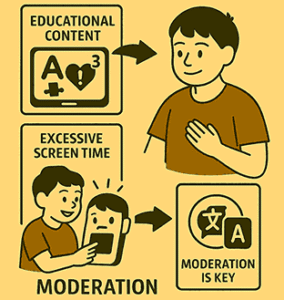
Screen time can support learning when used wisely. Educational programs, interactive apps, and online resources help children acquire new skills and knowledge. For example, preschoolers can learn letters, numbers, and problem-solving through engaging games.
However, too much screen exposure can slow brain development. Studies show that children who spend several hours daily on screens may have shorter attention spans. Constant stimulation from fast-moving images makes it harder for young minds to focus on tasks that require patience, such as reading books or solving puzzles.
The key lies in moderation. Limited screen time, combined with offline activities, strengthens both learning and attention skills.
Impact on Physical Health
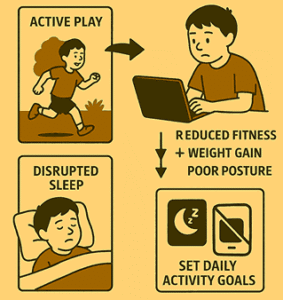
Children need active play to build strong muscles, bones, and coordination. When screen time replaces outdoor activities, physical health suffers. Long hours spent sitting with devices often lead to reduced fitness, weight gain, and poor posture.
Excessive use of screens, especially before bedtime, can also disturb sleep. Blue light from devices interferes with melatonin production, making it harder for children to fall asleep. Poor sleep quality, in turn, affects growth, memory, and overall well-being.
To protect physical health, parents should encourage outdoor play, set daily activity goals, and limit screen time before bedtime.
Social and Emotional Development
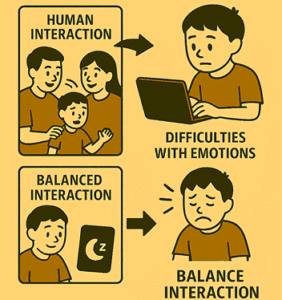
Human interaction plays a vital role in a child’s emotional growth. Face-to-face conversations, family bonding, and peer interactions teach empathy, cooperation, and problem-solving. When screens dominate a child’s free time, real-world communication decreases.
Children who spend excessive time online may struggle with emotional regulation. They might become frustrated more easily, show signs of anxiety, or depend on screens for comfort. On the other hand, children with balanced screen time often develop stronger relationships and healthier emotional resilience.
Parents can support emotional growth by engaging in shared screen activities—such as watching educational programs together—while also promoting offline interactions like storytelling or family meals.
Language Development
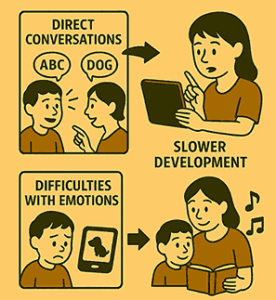
Early childhood is a critical stage for language growth. Direct conversations with parents and caregivers build vocabulary and communication skills. When screens replace these interactions, language development may slow down.
Research highlights that children under two years old learn words better from live conversations than from screens. While programs and apps can introduce new words, they cannot replace the richness of human dialogue. Talking, singing, and reading aloud remain the best ways to build language skills.
Behavioral Effects
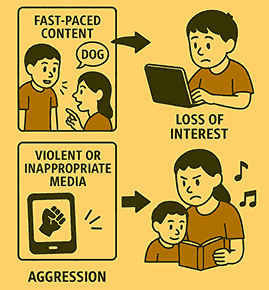
Screen time also influences behavior. Fast-paced content often conditions children to expect constant stimulation. As a result, they may lose interest in slower, real-world activities like drawing or building blocks.
Furthermore, exposure to violent or inappropriate media can normalize aggressive behavior. Children may mimic what they see on screens without fully understanding the consequences. Monitoring content is just as important as limiting screen duration.
Creating Healthy Digital Habits
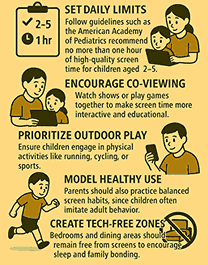
While screen time poses risks, eliminating it completely is neither realistic nor necessary. Instead, parents should focus on balance and quality. Here are some effective strategies:
Set daily limits: Follow guidelines such as the American Academy of Pediatrics, which recommends no more than one hour of high-quality screen time for children aged 2–5.
Encourage co-viewing: Watch shows or play games together to make screen time more interactive and educational.
Prioritize outdoor play: Ensure children engage in physical activities like running, cycling, or sports.
Model healthy use: Parents should also practice balanced screen habits, since children often imitate adult behavior.
Create tech-free zones: Bedrooms and dining areas should remain free from screens to encourage sleep and family bonding.
The Positive Side of Technology
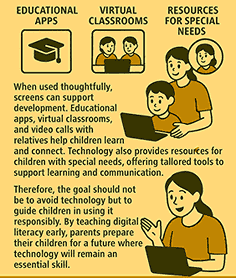
When used thoughtfully, screens can support development. Educational apps, virtual classrooms, and video calls with relatives help children learn and connect. Technology also provides resources for children with special needs, offering tailored tools to support learning and communication.
Therefore, the goal should not be to avoid technology but to guide children in using it responsibly. By teaching digital literacy early, parents prepare their children for a future where technology will remain an essential skill.
Conclusion
Screen time affects nearly every aspect of child development—cognitive, physical, emotional, and social. While it offers educational opportunities, overuse can create serious challenges. Parents play the most crucial role in guiding children toward healthy habits, ensuring that screens serve as tools for growth rather than obstacles.
Balance remains the key. With mindful limits, active involvement, and a focus on real-world interactions, children can enjoy the benefits of technology while still thriving in their development.
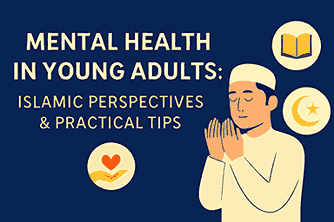

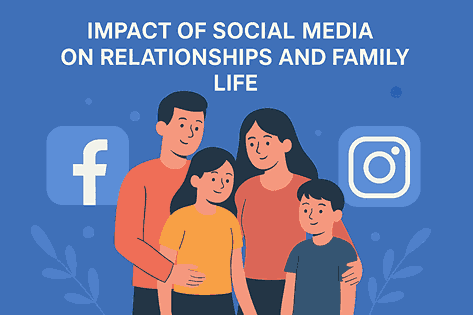
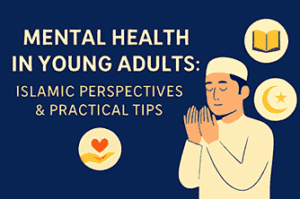

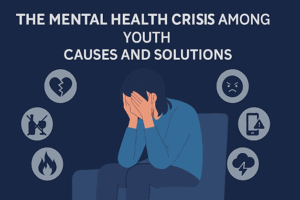







1 comment